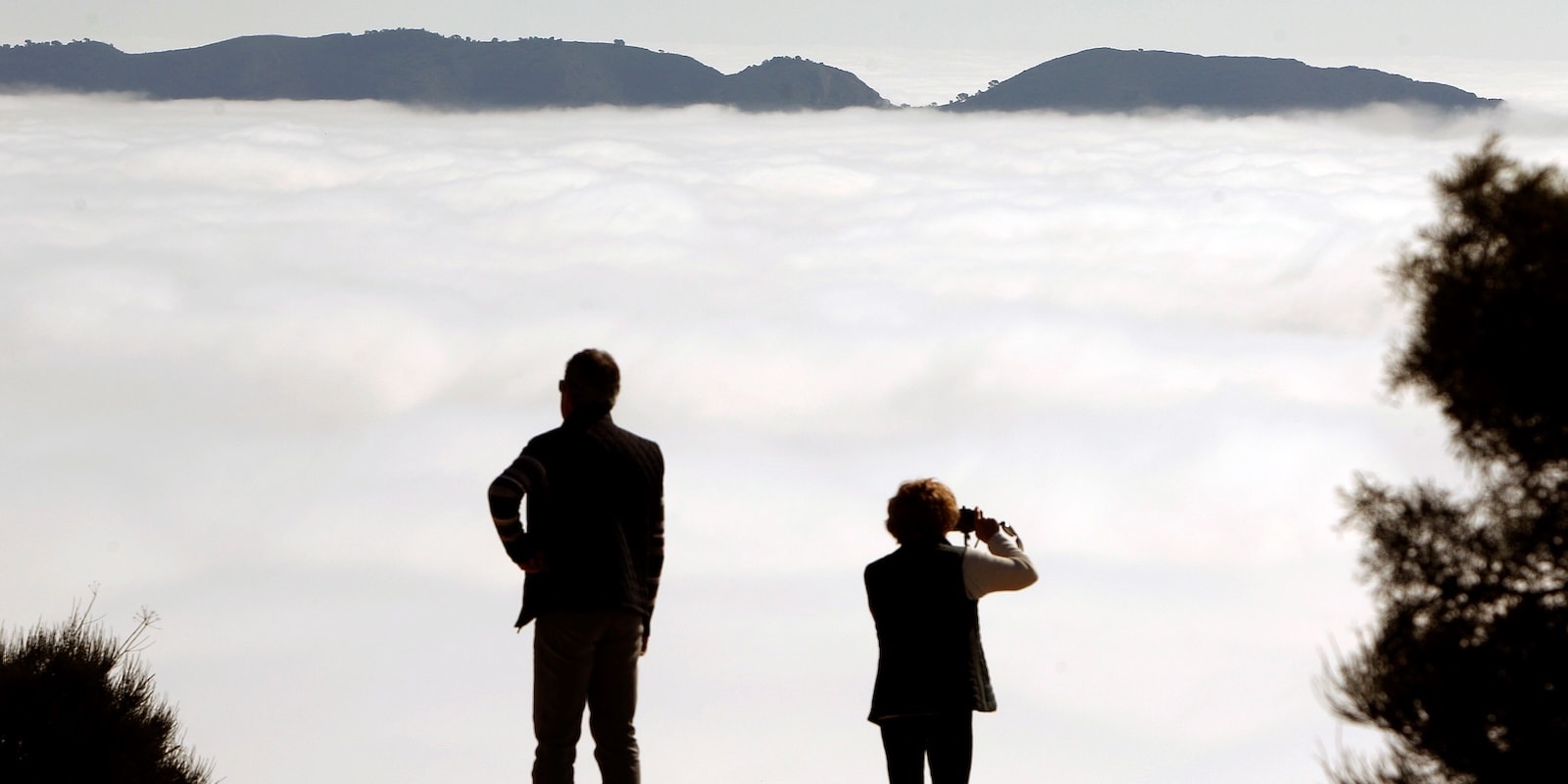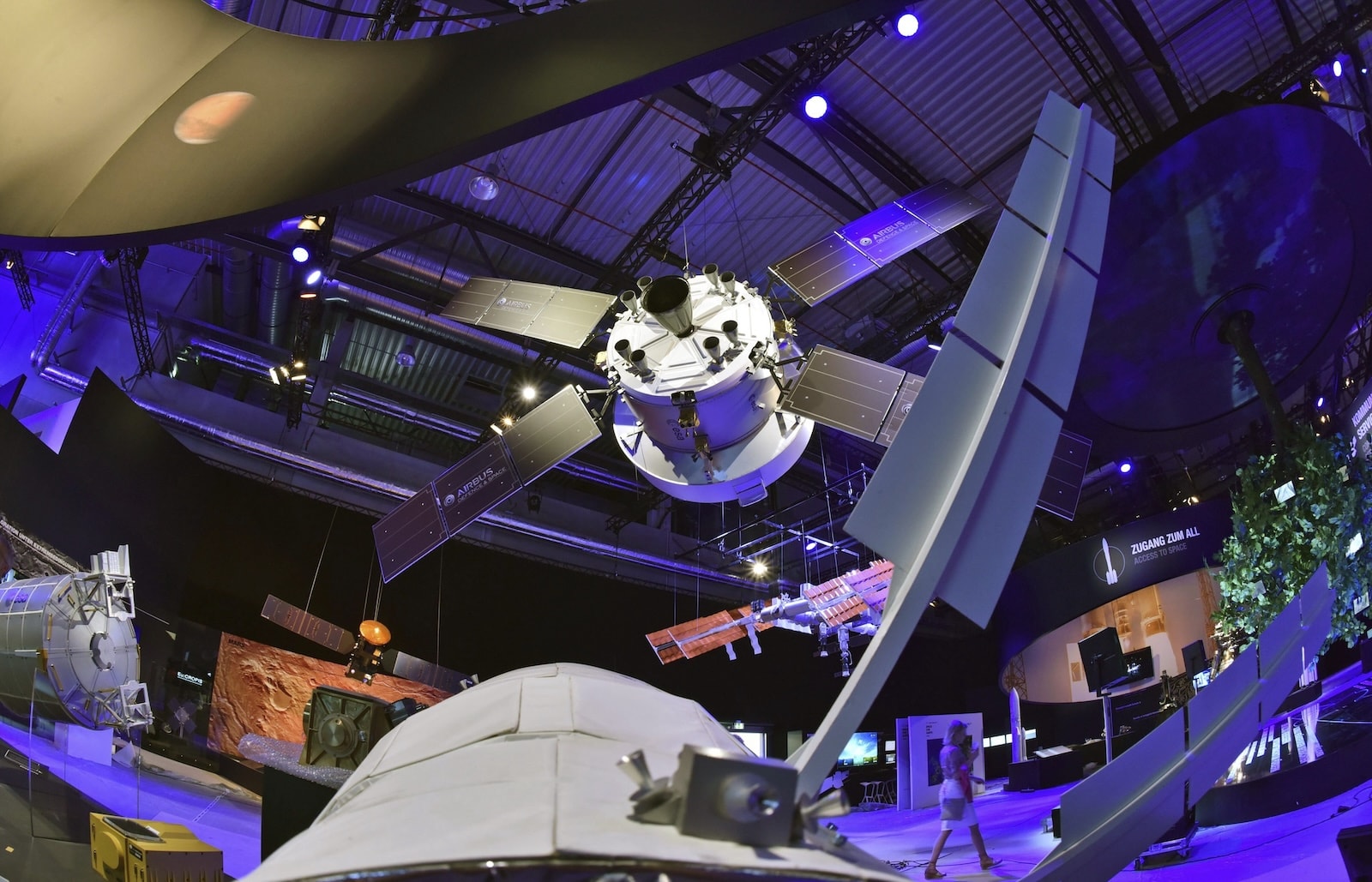Thursday, May 22, 2025
Fog can be evocative and beautiful, perfect for those who love pastoral landscapes. But this weather phenomenon is also proving to be an ally in the fight against drought in regions with limited access to potable water.
Photo by Morell, EFE
The Autonomous University of Barcelona has described fog collectors as “one of the most useful technologies” for delivering water to “the most inhospitable and regions of the world.” With this in mind, the university joined forces with the Gran Canaria Council on the ‘Life Nieblas’ project, which has collected over 120,000 liters of water on the island. This water has been used to replant and care for native trees in areas ravaged by wildfires.
The Life Nieblas project began in 2020 and focuses on implementing, testing, and improving three types of fog collectors that have helped irrigate the laurel forest in Barranco del Andén. So far, 40 collectors have captured more than 121,000 liters of water across a 135-square-meter collection area, which has made it possible to reforest 35.8 hectares with 15,000 trees from various laurel species.
One of these collectors is inspired by the leaves of the Canary Island pine, whose needle-like shape is naturally suited to capturing moisture from fog. Researchers describe it as a metal comb that can be arranged in two rows to increase its collection surface area. As the wind blows, tiny fog droplets collide into the rows.
Another innovation is the Cocoon method, which uses cardboard "donuts" filled with collected fog water. The donuts are buried around young trees to keep them hydrated during their first and most vulnerable year of life, decomposing afterwards. The fog collectors operate without electricity or carbon emissions, and they can transport the water without using heavy machinery.
The Life Nieblas collectors have also been used to reforest a fire-damaged region in Portugal and a quarry in Catalonia, where Mediterranean species like wild olive and mastic trees have been planted. The common thread among all the sites the project has worked on is the challenging arid conditions and the difficulty of obtaining water to irrigate plants.
A historical yet contemporary perspective
The idea of harvesting water from fog isn’t new, and in the Canary Islands, it’s part of local history. On the island of El Hierro, the original inhabitants used to collect water droplets that gathered on the leaves of the Garoé tree, a sacred tree constantly shrouded in fog and moisture. Although the Garoé was lost to a hurricane in the 17th century (a new one was planted in 1949), the wisdom behind this practice has endured to the present day. Fog harvesting has become so effective and widely embraced that the island council has decided to extend the Life Nieblas project through at least 2029, despite the fact that it was originally set to conclude in 2025.
Beyond reforesting the islands and the Iberian Peninsula, fog is also proving useful in supplying water to cities. A 2025 study revealed that simple mesh panels can capture up to 10 liters of water per day, per unit and square meter. This technology is being used to provide potable water for the 120,000 residents of Alto Hospicio, a city in the dry Atacama Desert of northern Chile. Scientists from Chilean and Belgian universities developed this fog-catching mesh, which hangs between posts. When wind and clouds pass through, water droplets get trapped and fall, where they’re collected and funneled into pipes and tanks. The spread of this technology could help other urban communities access new sources of potable water. According to the researchers’ calculations, if 2.5 liters per square meter are collected annually, 17,000 square meters of mesh could produce the 300,000 liters per week currently delivered by truck to Alto Hospicio’s underserved neighborhoods. Meanwhile, just 110 square meters would be enough to meet the annual watering needs of the city’s green spaces.
From fog to dew
Dew, which forms from vapor rather than from ambient humidity, is another valuable resource. Along the Catalan coast, more flexible mesh has been installed to collect dew, along with other structures resembling mosquito nets. As with fog, wind is necessary to carry these tiny droplets to the collectors.
Recently, a research team from the University of Vigo, in collaboration with French scientists, published a study in a scientific journal about a system that collects dew using a laser-microtextured metal surface. This surface cools itself at night through infrared radiation, causing water to condense, much like the dew that forms on plant leaves.
The scientists emphasize that “vast amounts” of water vapor are present in the atmosphere, and that it can be collected “in both the driest deserts and the most humid cities.” This means that we have the resources to tackle one of today’s biggest challenges.¿Te ha parecido interesante?





